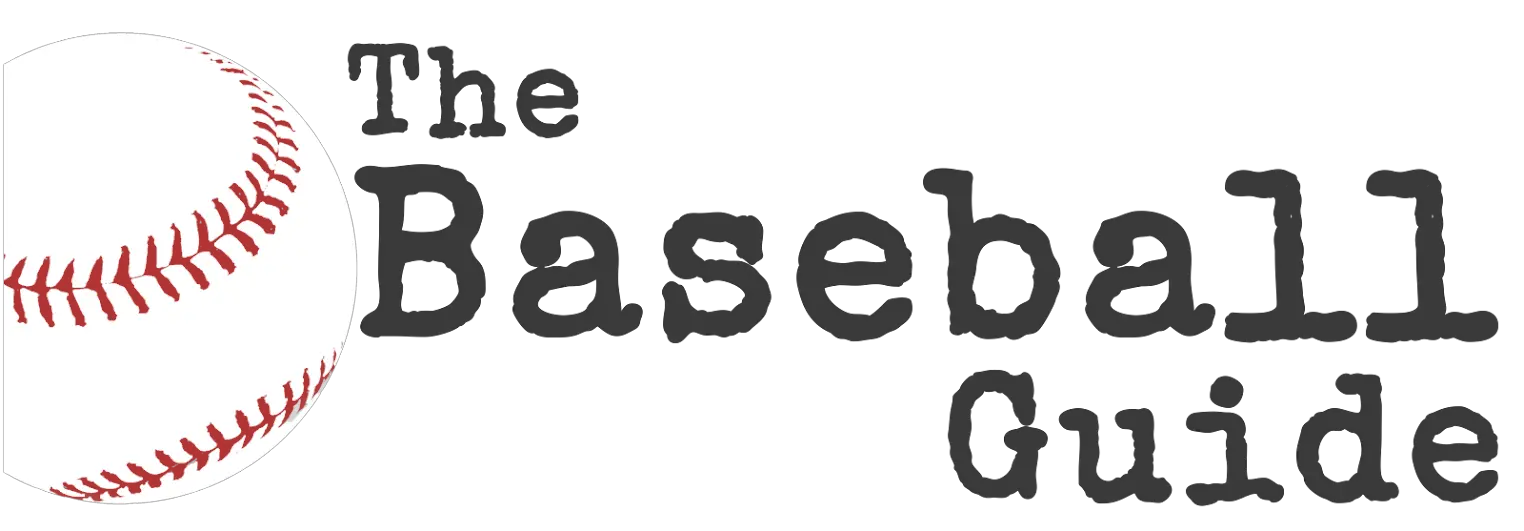Baseball is peppered with numerous rules that define the course of the game, with the concept of a fair ball being among the most pivotal. Delineating the fine line between a ball in play and one that is ‘out of bounds,’ understanding what constitutes a fair ball is essential for players, coaches, and fans alike. In this section, we’ll delve into the intricacies of what makes a ball fair, how it compares to a foul ball, and the implications each has during the heat of a baseball game.
What is Fair Ball in Baseball?
A fair ball in baseball is a batted ball that lands in the field of play without crossing the foul lines, or that lands within the foul lines beyond first or third base. It can also be a ball that touches the ground within the foul lines between home plate and first or third base, or a ball that is touched by a fielder within fair territory. If the ball hits first, second, or third base, it is also considered a fair ball. The outcome of a fair ball is active play, meaning runners can advance, and fielders must try to make plays on the ball.
Fair vs Foul Ball
The difference between a fair ball and a foul ball is determined by the ball’s relationship to the foul lines on the baseball field. A foul ball is one that settles on foul territory between home plate and the first-base or third-base bag or if it lands past these bags but outside the foul lines. If a batted ball is touched by a player in foul territory or if it hits the batter while he is in the batter’s box, it is also ruled as a foul ball.
Importantly, for a ball that is in the air and headed towards foul territory, it is not the ball’s position when fielded or when it first touches the ground that matters, but rather where it is when it either first touches the ground or when it is touched by a fielder. A foul ball does not enable runners to advance bases, and the batter is not out unless it is caught in air or the batter already has two strikes. In contrast, with a fair ball, the play is live and runners may advance, and the fielding team must act to try and record outs. Understanding the distinction between fair and foul balls is critical as it fundamentally affects the continuation of the game’s play.
